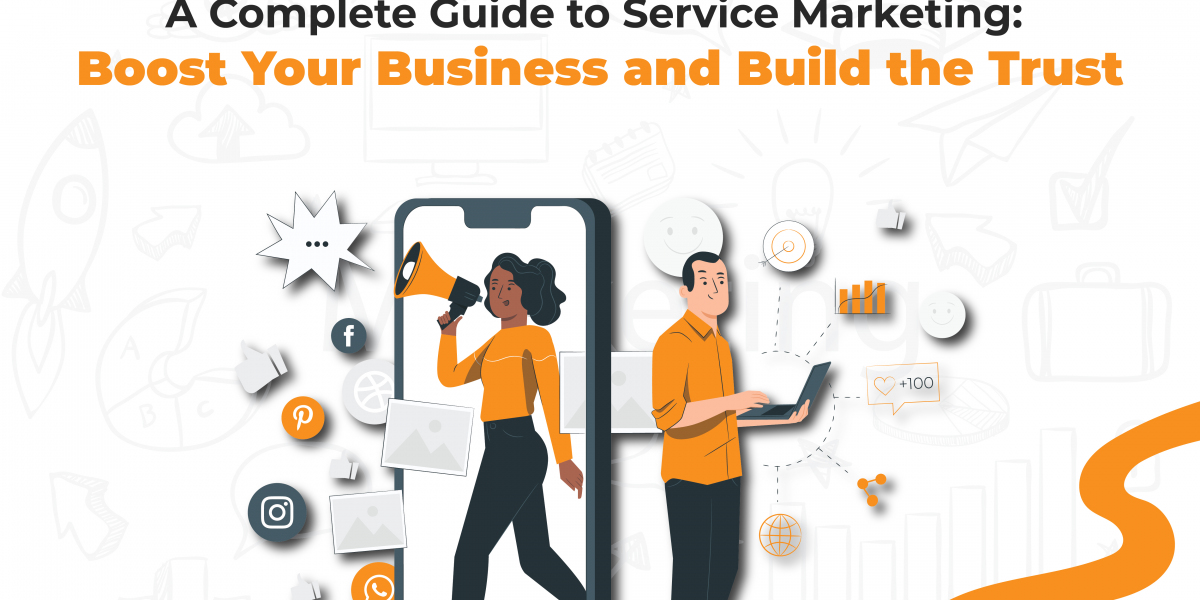Service marketing, a specialized branch of marketing, focuses on promoting and delivering intangible offerings. Unlike product marketing, which deals with tangible goods, service marketing is centered around building trust, fostering relationships, and delivering value through customer experiences. As economies worldwide shift towards being service-dominated, understanding the nuances of service marketing becomes crucial for businesses to thrive.
What is Service Marketing?
Service marketing involves the strategies and tactics used to attract, engage, and retain customers for services. Services are intangible, perishable, and cannot be stored, making their marketing uniquely challenging. Examples of service industries include hospitality, healthcare, education, financial services, and professional consulting.
Key characteristics of services, often described as the 4 I's—Intangibility, Inseparability, Inconsistency, and Inventory—set them apart from goods. For instance, unlike physical products, services are consumed simultaneously as they are produced, making quality control vital.
The 7 Ps of Service Marketing
Service marketing extends the traditional marketing mix (4 Ps: Product, Price, Place, Promotion) to include three additional elements—People, Process, and Physical Evidence.
- Product: In services, the "product" refers to the core offering. For example, a hotel offers accommodations, but its service product includes comfort, convenience, and hospitality.
- Price: Pricing in service marketing reflects the value perceived by customers. Strategies may involve tiered pricing based on service levels or dynamic pricing influenced by demand.
- Place: The "place" aspect focuses on the distribution of the service, ensuring accessibility to customers, whether through physical outlets or digital platforms.
- Promotion: Effective communication strategies, including advertising, PR, and social media campaigns, are essential for building brand awareness and trust.
- People: Employees delivering the service are the face of the brand. Training and motivation are crucial to ensure positive customer interactions.
- Process: Efficient processes ensure that services are delivered seamlessly and consistently, enhancing customer satisfaction.
- Physical Evidence: Tangible elements, such as decor, uniforms, and branding, provide cues about the service quality and help build customer confidence.
Key Strategies in Service Marketing
- Building Relationships: Establishing long-term relationships with customers through personalized experiences and loyalty programs is a cornerstone of service marketing.
- Enhancing Customer Experiences: Service industries thrive on customer satisfaction. Businesses must focus on providing exceptional experiences to retain customers and encourage positive word-of-mouth.
- Leveraging Technology: Digital tools like CRM systems, AI chatbots, and online platforms help streamline service delivery and foster customer engagement.
- Managing Expectations: Transparency and clear communication about what the service entails prevent misunderstandings and build trust.
- Ensuring Consistency: Since services are often produced and consumed simultaneously, maintaining consistent quality is vital. Regular staff training and process optimization play a crucial role.
The Importance of Feedback
Customer feedback is invaluable in service marketing. Actively listening to customers and implementing their suggestions not only improves service quality but also demonstrates that the company values its clientele.
Conclusion
In today’s competitive marketplace, mastering service marketing is essential for businesses in the service sector. By understanding its unique challenges and leveraging the 7 Ps effectively, companies can create memorable customer experiences, build loyalty, and achieve sustainable growth. As the service industry continues to expand, staying customer-focused and innovative will be key to success.









